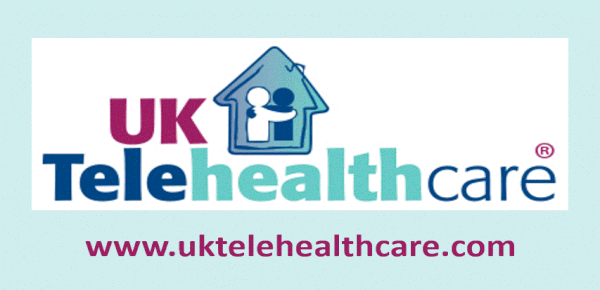NYC will be a health and health tech-related hub for a busy 10 days between the holidays of Thanksgiving and the run-up to Christmas. Run by four separate organizations, they are being co-marketed as the NYC Healthcare Innovation Festival. So after you digest your turkey and trimmings, you’ll have four great conferences plus an opportunity to do some holiday shopping in NYC! Registration for each event is separate–see the discount code below offered by NYCHIF!
HITLAB Innovators Summit, 28-30 November, Columbia University, Lerner Hall, 114th Street (2920 Broadway)
This is a provider/pharma-focused three-day meeting, with topics ranging from implementing entrepreneurial principles in life science companies to M&A and investing trends in digital health. HITLAB is affiliated with Columbia University. It hosts the 2017 HITLAB World Cup of Voice-Activated Technology in Diabetes, presented by Novo Nordisk, the main sponsor. Click the title above for more information and registration.
MedStartr Momentum 2017 (MedMo17), 30 November – 1 December, PricewaterhouseCoopers headquarters, 300 Madison Avenue @42nd Street
MedStartr’s third annual Momentum meeting will be highlighting the young companies which will be transforming the future of healthcare. Want to get involved with the best new companies in healthcare? Join the five pitch contests, nine Momentum talks, and seven panels over two full days, all about driving innovation in healthcare from the perspectives of patients, doctors, partners, institutions, and investors. Sponsored by MedStartr and Health 2.0 NYC, this attracts a wide swath of speakers and participants from global healthcare players to startups and academia. It promises to be a lively gathering! TTA is a MedStartr and Health 2.0 NYC supporter/media sponsor since 2010; Editor Donna will be a host for this event and a MedStartr Mentor. Check the MedStartr page to find and fund some of the most interesting startup ideas in healthcare. For more information and to register, click the link in the title above or the sidebar advert at right.
NODE Health Digital Medicine Conference, 4-5 December, Microsoft Innovation Center, 11 Times Square
What will be the effective digital solutions bringing value across the healthcare continuum? Health system, payer, pharma, investors, academics, and healthcare tech executives will be discussing how to use digital health to improve outcomes, patient experience, and population health, and review the scientific evidence for digital innovation. It’s a combination of special sessions, workshops, Center of Excellence Tours, exhibitions, and poster sessions. TTA is a media partner of NODE Health 2017. Click the title above for more information and registration. (more…)






Most Recent Comments